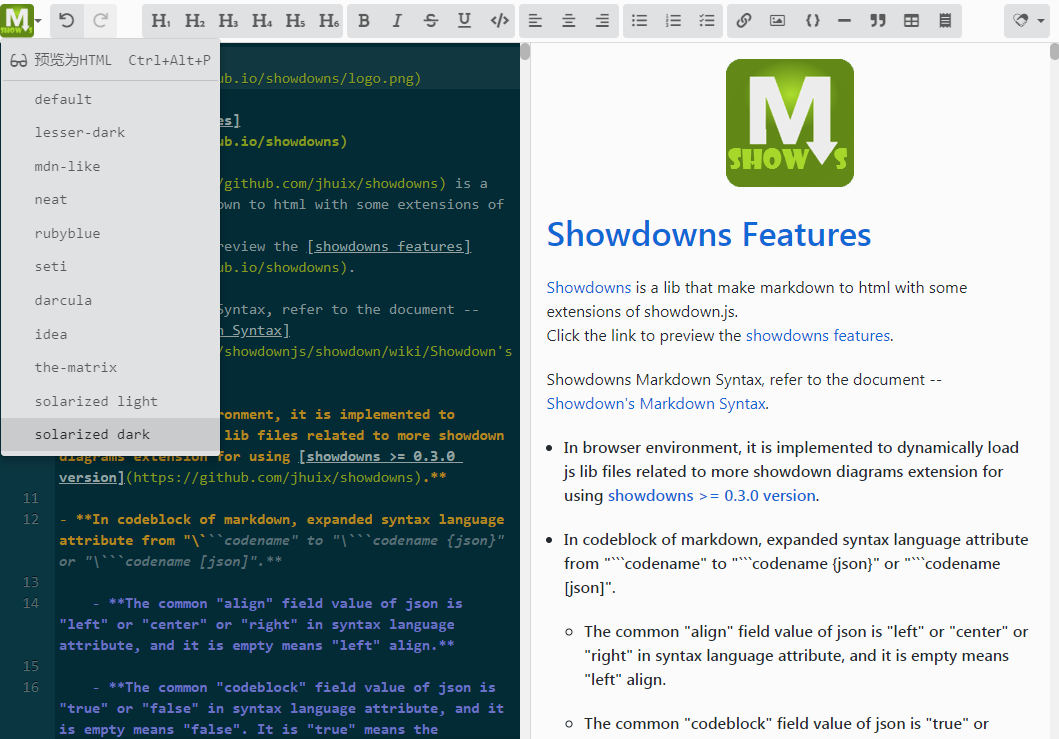

Many apps have options to export to different formats like HTML or PDF. This isn’t necessary but gives you more options.

“ Save your database locally _(but **not** in a cloud-synced folder!)_”, will appear as “Save your database locally (but not in a cloud-synced folder!)”Īs far as what the formatting looks like, if you want some control over the fonts, colors, etc., you can link to Cascading Style Sheets (CSS) or add styling in the Markdown to customize the look. “ That _is_ the best option.” displays as “That is the best option.”
An underscore around words will make italics. “ DEVONthink is an **information** manager” will display as: “DEVONthink is an information manager” Use two asterisks around words to make them bold. The resulting text is both easily readable for humans and applications that support Markdown can display (‘render’) your writing graphically. Instead of using formatting, like bold and italics, you type simple characters to specify the formatting and other features. I am currently using Markdown in over half my customer support work. In fact, DEVONthink supports creating and editing Markdown documents* natively. A simple search for Markdown on a site like MacUpdate will yield many options for Markdown editors. Now you may think: “Wait! I’m not making web pages! I’m writing notes!” Markdown is being used, more and more, for all kinds of writing. It was developed by John Gruber (of Daring Fireball fame) and is a way of writing plain text so it can be converted to and displayed as HTML. Specifically, plain text written in a style called Markdown. 
Well, actually I’d like to offer a better alternative… plain text, yet again. “See! That’s why I need Microsoft Word!”, you might say. On the other hand, plain text is… well, ‘plain’. It’s an incredibly flexible format, offering many benefits, with next to no downside.







 0 kommentar(er)
0 kommentar(er)
